Home>Furniture & Design>Interior Design Trends>How To Display Stained Glass On Wall
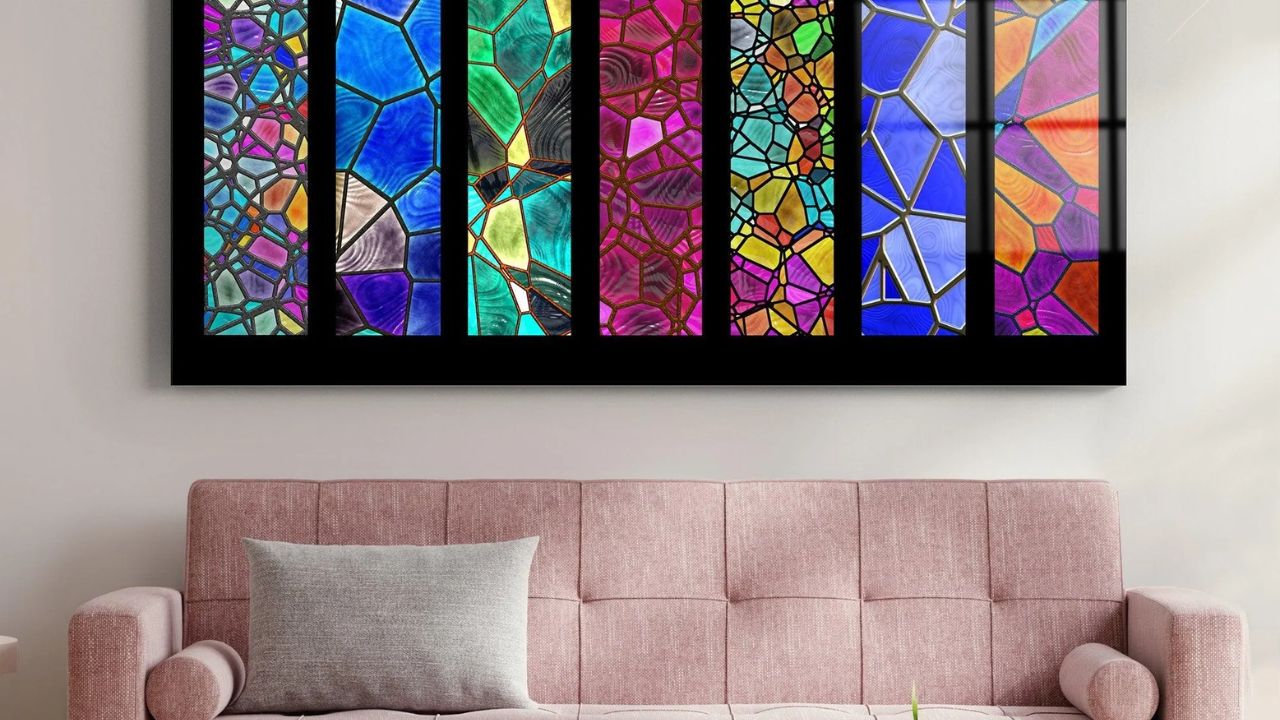

Interior Design Trends
How To Display Stained Glass On Wall
Modified: February 18, 2024
Learn how to incorporate stained glass into your interior design with these trending ideas for displaying stained glass on your walls. Discover the latest interior design trends for showcasing beautiful stained glass artwork.
(Many of the links in this article redirect to a specific reviewed product. Your purchase of these products through affiliate links helps to generate commission for Storables.com, at no extra cost. Learn more)
Introduction
Stained glass has been a cherished art form for centuries, admired for its vibrant colors and intricate designs. Displaying stained glass on a wall can add a touch of elegance and personality to any space, whether it's a home, office, or public setting. The interplay of light and color through stained glass creates a mesmerizing effect, captivating the eye and sparking a sense of wonder.
When considering how to display stained glass on a wall, several factors come into play, including the choice of location, mounting options, lighting considerations, and maintenance. Each of these elements contributes to the overall impact and longevity of the display, making it essential to approach the process thoughtfully and with attention to detail.
In this article, we will explore the art of showcasing stained glass on a wall, offering insights into the best practices for selecting the right location, choosing suitable mounting options, optimizing lighting to enhance the display, and maintaining the beauty of stained glass over time. Whether you are a stained glass enthusiast, an interior design aficionado, or simply someone looking to elevate their living or working environment, this guide will provide valuable guidance on bringing the timeless allure of stained glass into your space.
As we delve into the intricacies of displaying stained glass on a wall, you will discover the transformative power of this art form and gain a deeper appreciation for the craftsmanship and creativity behind each piece. Let's embark on a journey to unlock the potential of stained glass as a captivating and enduring feature in your surroundings.
Key Takeaways:
- Embrace the timeless allure of stained glass by choosing the perfect location, mounting it securely, and illuminating it thoughtfully to create a captivating focal point in any space.
- Preserve the beauty of stained glass displays with regular cleaning, careful inspection for damage, environmental protection, and professional restoration when needed, ensuring their enduring charm for generations to come.
Read more: How To Stain A Glass
Choosing the Right Location
Selecting the ideal location for displaying stained glass on a wall is a crucial step in ensuring that its beauty is showcased to its fullest potential. The chosen space should complement the artwork while allowing it to stand out as a captivating focal point. Here are essential considerations to guide you in choosing the right location for your stained glass display:
Natural Light
When determining the location for your stained glass, consider the impact of natural light. Placing the artwork in a spot where it can receive ample natural light during the day can accentuate its colors and intricate details, creating a stunning visual effect. However, it's important to be mindful of direct sunlight, as prolonged exposure can cause fading or damage to the glass over time. Therefore, positioning the stained glass in a space where it can benefit from natural light without being subjected to harsh, direct sunlight is key to preserving its beauty.
Room Aesthetics
The overall aesthetics of the room should harmonize with the stained glass display. Consider the existing color scheme, decor style, and architectural elements within the space. The goal is to integrate the stained glass seamlessly into the room's design, ensuring that it complements the surroundings and adds a touch of artistic flair. Whether it's a living room, dining area, or hallway, the chosen location should allow the stained glass to become an organic part of the room's visual narrative.
Visibility and Impact
The visibility of the stained glass from various vantage points is another crucial factor to consider. Choose a location that allows the artwork to be appreciated from different angles and distances, ensuring that it can be admired and enjoyed by anyone who enters the space. Additionally, consider the impact the stained glass will have on the overall ambiance of the room. Placing it in a prominent yet balanced position can create a captivating focal point that draws attention and evokes a sense of wonder.
Read more: How To Hang Stained Glass
Balance and Proportion
Maintaining a sense of balance and proportion within the room is essential when selecting the location for your stained glass display. Take into account the size of the artwork in relation to the available wall space, ensuring that it neither overwhelms the area nor appears disproportionately small. By striking a harmonious balance, the stained glass can become an integral part of the room's visual composition, enhancing its overall appeal.
By carefully considering these factors, you can identify the perfect location to showcase your stained glass on a wall, allowing its timeless beauty to enrich the space and captivate all who encounter it.
Mounting Options
When it comes to displaying stained glass on a wall, choosing the right mounting option is essential for ensuring the artwork is securely and aesthetically affixed. The selected mounting method not only influences the visual impact of the display but also plays a crucial role in preserving the integrity of the stained glass over time. Here are several mounting options to consider, each offering distinct advantages and considerations:
Hanging Hardware
One of the most common and versatile mounting options for stained glass is the use of hanging hardware. This method typically involves attaching discreet hooks or brackets to the wall, allowing the stained glass panel to be securely hung in place. When opting for hanging hardware, it's important to ensure that the chosen hooks or brackets are capable of supporting the weight of the stained glass panel without causing damage to the wall. Additionally, the hardware should be positioned strategically to provide adequate support and stability for the artwork.
Standoff Mounts
Standoff mounts offer a contemporary and visually striking way to display stained glass on a wall. This method involves mounting the glass panel with standoffs, which are decorative fixtures that create a small gap between the artwork and the wall. The standoff mounts not only provide a sleek and modern aesthetic but also allow light to penetrate behind the glass, enhancing its visual allure. When using standoff mounts, it's crucial to select high-quality fixtures that are designed to securely hold the stained glass while adding a touch of sophistication to the display.
Read more: How To Solder Stained Glass
Framed Encasement
For a classic and refined presentation, framing the stained glass panel within an encasement can be an elegant mounting option. This method involves surrounding the edges of the glass with a carefully crafted frame, providing both structural support and a decorative border. The frame can be customized to complement the style and aesthetic of the stained glass, adding a touch of sophistication while safeguarding the edges of the artwork. When opting for a framed encasement, it's essential to work with skilled craftsmen who can create a frame that not only enhances the visual appeal of the stained glass but also ensures its long-term preservation.
Adhesive Mounting
In some instances, adhesive mounting may be considered as a viable option for displaying stained glass on a wall. This method involves using specialized adhesives to affix the glass panel directly to the wall surface, creating a seamless and minimalist presentation. When employing adhesive mounting, it's crucial to use adhesives that are specifically formulated for glass and capable of providing secure adhesion without causing damage to the artwork. Additionally, careful attention should be given to the surface preparation and application process to ensure a durable and reliable bond.
By carefully evaluating these mounting options and considering the specific requirements of the stained glass panel and the surrounding environment, you can select the most suitable method to showcase the artwork on a wall. Each mounting option offers its own unique blend of functionality, aesthetics, and preservation, allowing you to create a captivating and enduring display that celebrates the timeless allure of stained glass.
Lighting Considerations
Proper lighting is paramount when it comes to showcasing stained glass on a wall, as it can significantly enhance the visual impact and allure of the artwork. Thoughtful consideration of lighting options and techniques can elevate the colors, textures, and intricate details of the stained glass, creating a captivating display that captures the imagination. Here are essential lighting considerations to ensure that your stained glass wall display shines in all its splendor:
Natural Light Integration
Integrating natural light into the display area can work wonders in accentuating the beauty of stained glass. Positioning the artwork in a space where it can receive gentle, indirect natural light during the day allows the colors to come alive and the textures to cast mesmerizing shadows. However, it's crucial to be mindful of direct sunlight, as prolonged exposure can lead to fading and potential damage to the glass. Therefore, strategic placement that harnesses the benefits of natural light while safeguarding the artwork from its harmful effects is key.
Read more: How To Learn Stained Glass
Artificial Lighting Enhancement
In spaces where natural light is limited, or for creating a captivating display after sunset, artificial lighting plays a pivotal role. Selecting the right type of lighting fixtures, such as LED spotlights or track lighting, can effectively illuminate the stained glass, bringing out its vibrancy and intricacy. Adjustable lighting fixtures allow for precise control over the intensity and direction of light, enabling you to highlight specific elements of the artwork and create a dynamic visual impact.
Ambient Lighting Balance
Achieving a harmonious balance of ambient lighting within the display area is essential for ensuring that the stained glass remains the focal point without being overshadowed by excessive brightness or glare. Soft, diffused ambient lighting can create an inviting atmosphere while allowing the stained glass to radiate its inherent charm. It's important to consider the overall lighting scheme of the room and how it complements the display, ensuring that the lighting enhances the artwork without overwhelming it.
Dynamic Lighting Effects
Exploring dynamic lighting effects, such as color-changing LED lights or programmable lighting systems, can add an element of versatility and intrigue to the stained glass display. These innovative lighting solutions allow you to create captivating visual effects, altering the ambiance of the space and infusing the artwork with a sense of dynamism. By experimenting with different lighting schemes, you can transform the display to suit various moods and occasions, breathing new life into the timeless allure of stained glass.
By carefully considering these lighting considerations and tailoring the lighting setup to suit the unique characteristics of the stained glass artwork and its surrounding environment, you can create a mesmerizing display that captivates the eye and evokes a sense of wonder. The interplay of light and color becomes a dynamic element, enriching the visual narrative of the space and celebrating the enduring beauty of stained glass.
Maintenance and Care
Maintaining the timeless allure of stained glass on a wall involves diligent care and attention to ensure its longevity and visual appeal. Proper maintenance practices not only preserve the artwork's beauty but also safeguard it from potential damage over time. Here are essential guidelines for the maintenance and care of stained glass displays:
Read more: How To Start Stained Glass
Regular Cleaning
Regular cleaning is paramount for preserving the vibrancy and clarity of stained glass. Dust, dirt, and environmental pollutants can accumulate on the surface, dulling its luster and obscuring the intricate details. Using a soft, lint-free cloth and a mild glass cleaner, gently wipe the surface of the stained glass to remove any buildup. Care should be taken to avoid harsh abrasives or chemical cleaners that may damage the glass or its delicate lead caming.
Inspection for Damage
Periodic inspection for any signs of damage or deterioration is crucial for maintaining the integrity of the stained glass. Check for any cracks, chips, or loose pieces of glass, as well as any structural issues with the lead caming. Promptly addressing any damage can prevent further deterioration and preserve the artwork's structural stability.
Environmental Considerations
The surrounding environment plays a significant role in the maintenance of stained glass displays. Exposure to extreme temperatures, high humidity, or direct sunlight can impact the longevity of the artwork. Maintaining stable environmental conditions within the display area, such as controlling temperature and humidity levels, can help mitigate potential damage and ensure the artwork's preservation.
Protective Measures
Implementing protective measures can further safeguard stained glass displays from potential harm. Consider installing UV-protective film on windows or using curtains or blinds to shield the artwork from direct sunlight. Additionally, creating a barrier to prevent accidental impact or contact with the glass can help prevent damage and prolong its lifespan.
Read more: How To Get The Stained Glass Egg
Professional Restoration
In cases where the stained glass exhibits significant wear or damage, seeking professional restoration services is essential. Experienced artisans and conservators can assess the condition of the artwork, perform necessary repairs, and provide expert guidance on preserving its historical and artistic value. Professional restoration ensures that the stained glass continues to enchant viewers for generations to come.
By adhering to these maintenance and care practices, you can uphold the timeless beauty of stained glass displays on walls, ensuring that they remain captivating focal points that enrich their surroundings. Diligent care and attention to detail not only preserve the visual allure of stained glass but also honor the craftsmanship and artistry behind each exquisite piece.
Conclusion
In conclusion, the art of displaying stained glass on a wall is a captivating endeavor that intertwines creativity, craftsmanship, and thoughtful design considerations. From selecting the perfect location to choosing suitable mounting options, optimizing lighting, and implementing diligent maintenance practices, every aspect of showcasing stained glass contributes to its enduring allure and visual impact.
The timeless beauty of stained glass transcends generations, captivating the eye with its vibrant colors, intricate patterns, and the interplay of light and shadow. By carefully considering the placement of stained glass within a space, whether it's a residential, commercial, or public setting, one can create a captivating focal point that enriches the ambiance and sparks a sense of wonder.
The selection of the right location for displaying stained glass is pivotal, as it sets the stage for the artwork to harmonize with its surroundings and become an organic part of the visual narrative. Integrating natural light, considering room aesthetics, ensuring visibility and impact, and maintaining balance and proportion are essential factors that guide the placement of stained glass, allowing it to shine in all its splendor.
Choosing the appropriate mounting option is equally crucial, as it not only secures the artwork but also enhances its visual appeal. Whether opting for hanging hardware, standoff mounts, framed encasement, or adhesive mounting, each method offers a unique blend of functionality and aesthetics, contributing to the overall presentation of stained glass on a wall.
The interplay of lighting and stained glass creates a mesmerizing visual symphony, elevating the colors, textures, and intricate details of the artwork. Thoughtful integration of natural light, strategic use of artificial lighting, achieving ambient lighting balance, and exploring dynamic lighting effects all contribute to the enchanting display of stained glass, infusing the space with a sense of dynamism and allure.
Furthermore, diligent maintenance and care practices are essential for preserving the timeless allure of stained glass displays. Regular cleaning, inspection for damage, environmental considerations, protective measures, and professional restoration when necessary ensure that the artwork remains a captivating focal point for years to come.
In essence, the art of displaying stained glass on a wall is a testament to the enduring charm of this timeless art form. By embracing the considerations outlined in this guide, individuals can create captivating displays that celebrate the beauty, craftsmanship, and historical significance of stained glass, enriching their surroundings with a touch of artistic splendor.
Frequently Asked Questions about How To Display Stained Glass On Wall
Was this page helpful?
At Storables.com, we guarantee accurate and reliable information. Our content, validated by Expert Board Contributors, is crafted following stringent Editorial Policies. We're committed to providing you with well-researched, expert-backed insights for all your informational needs.
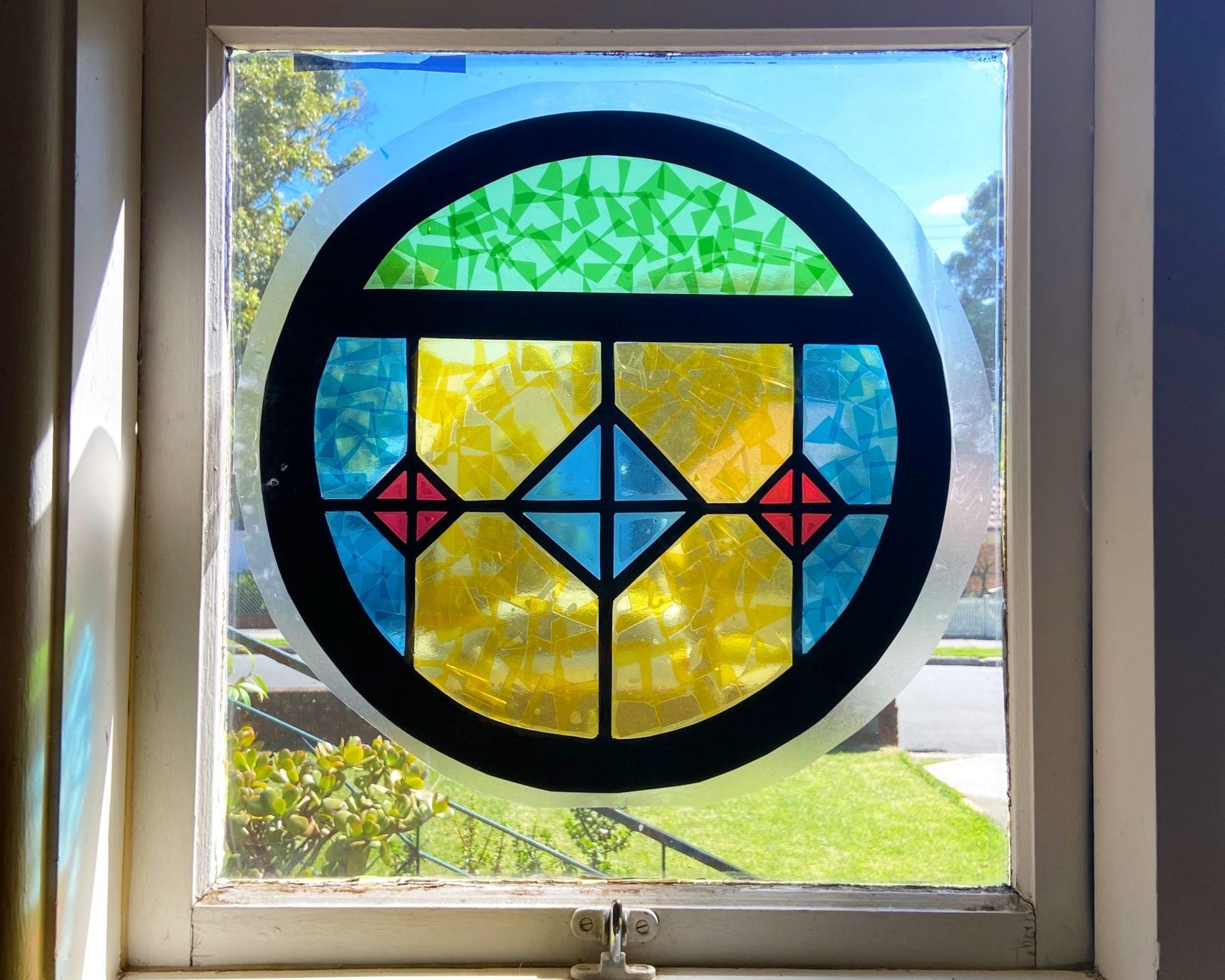
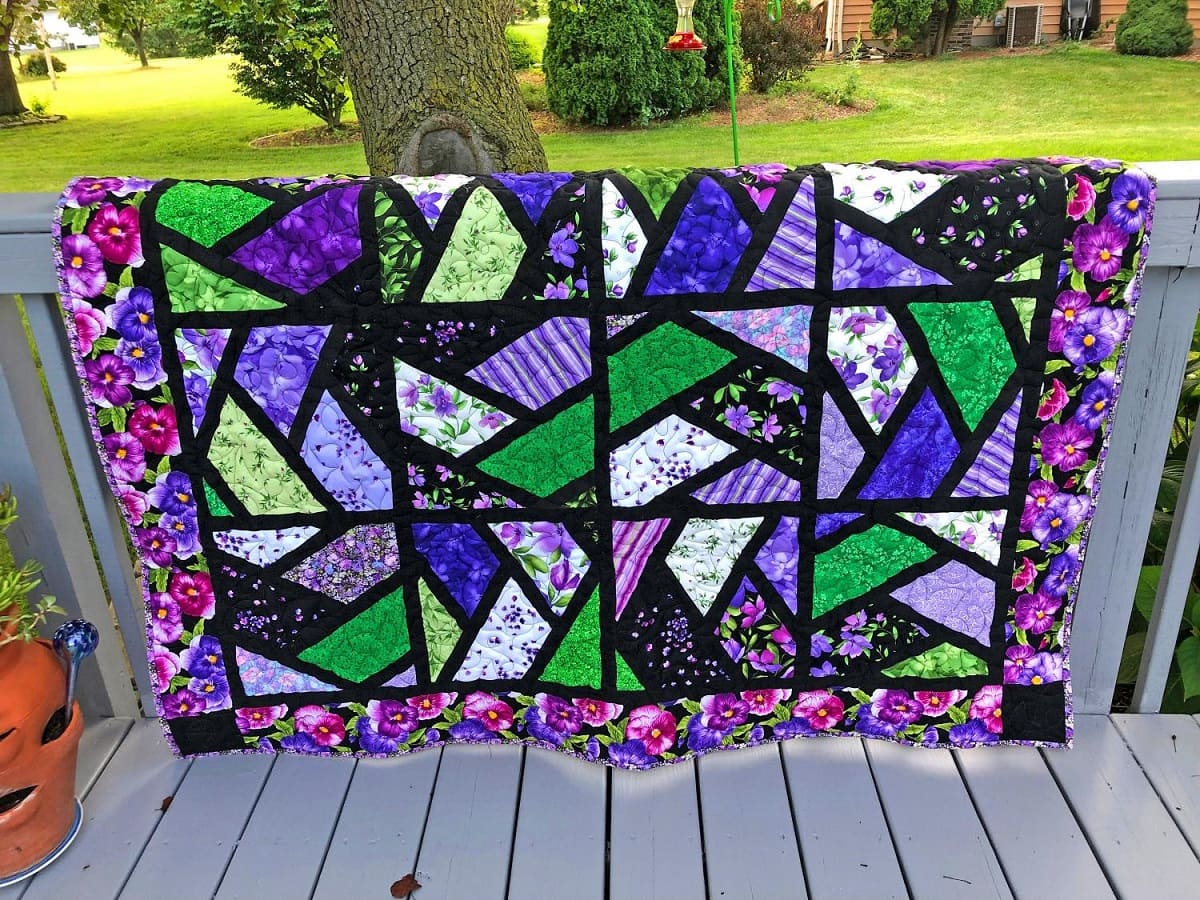

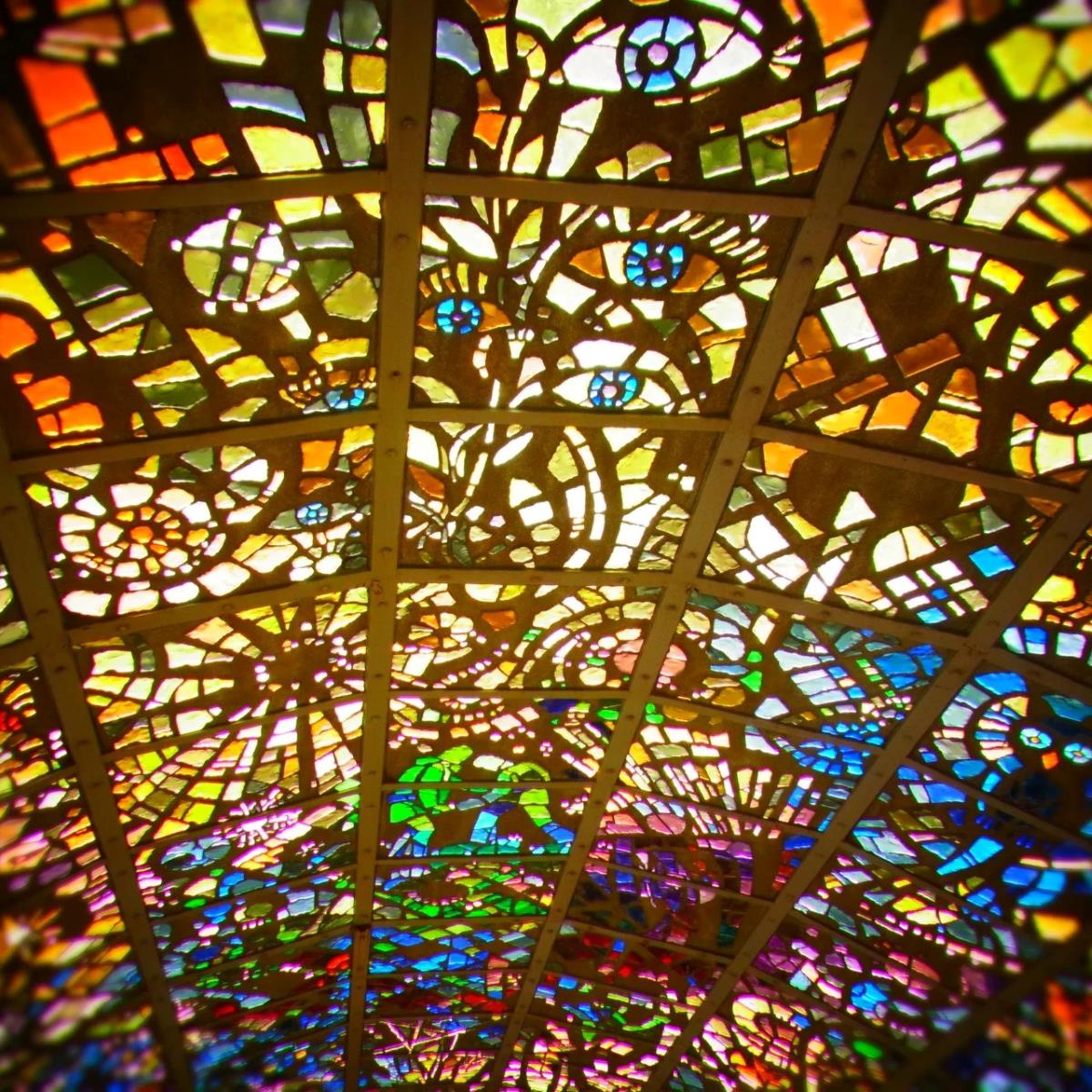
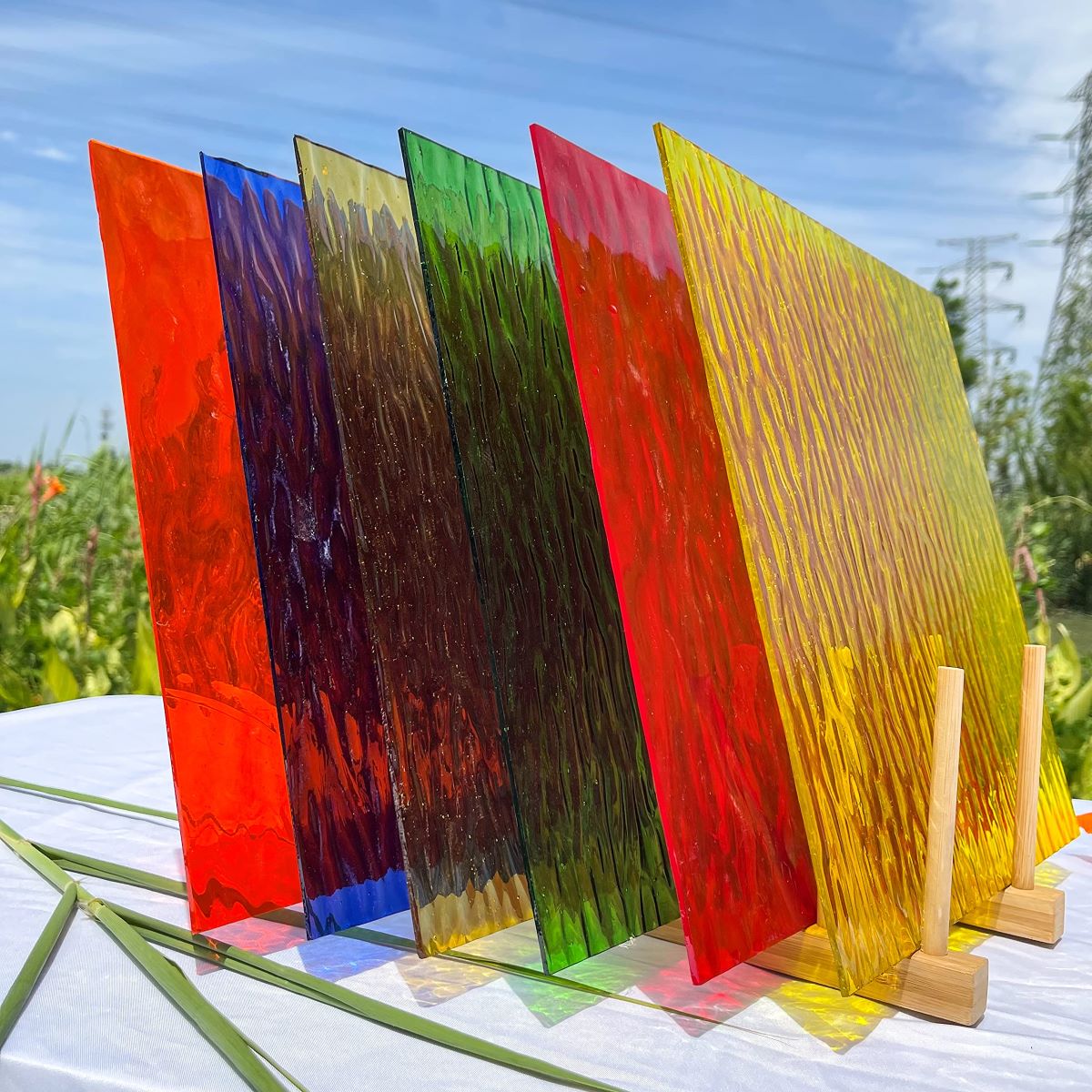
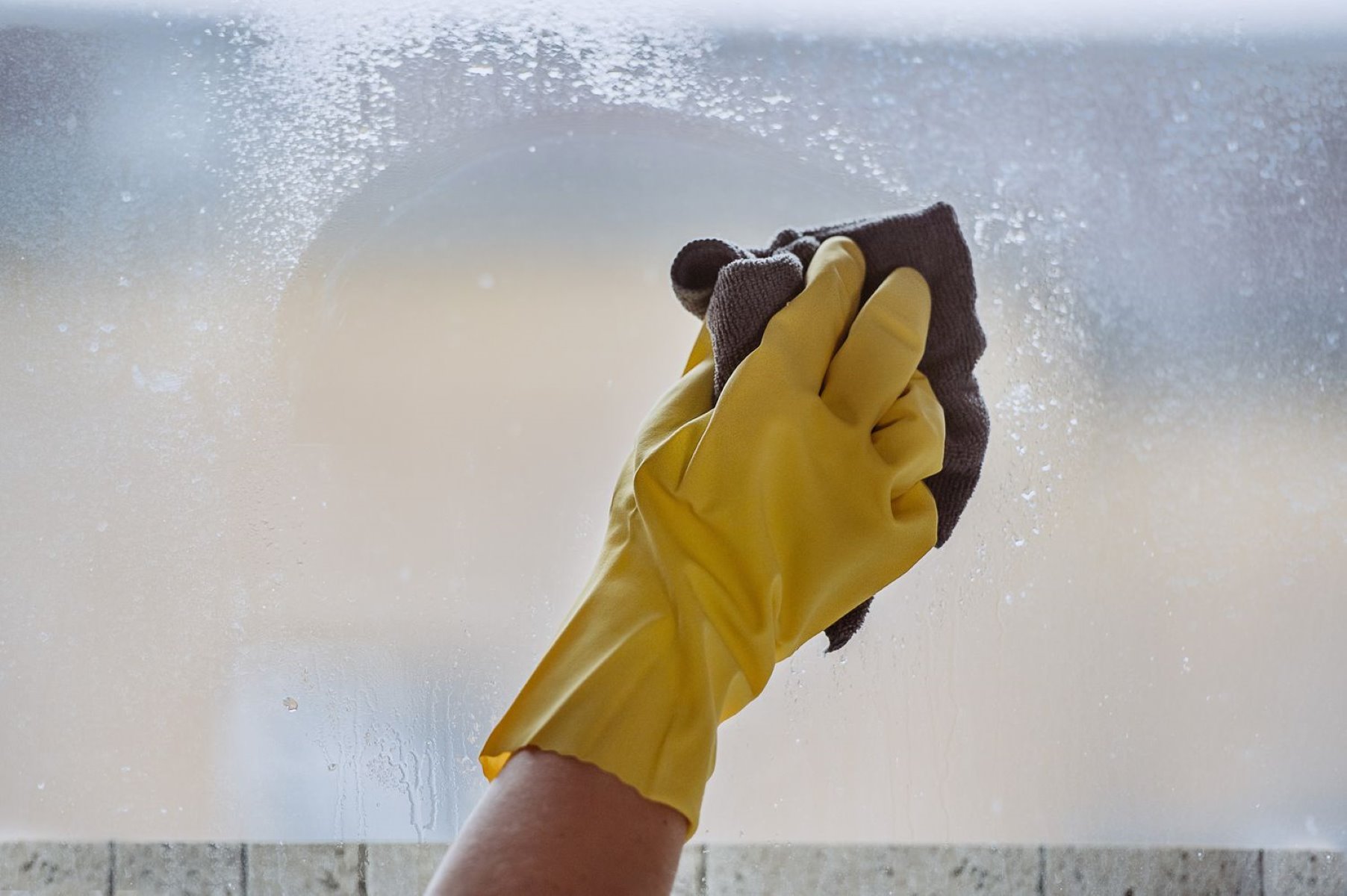
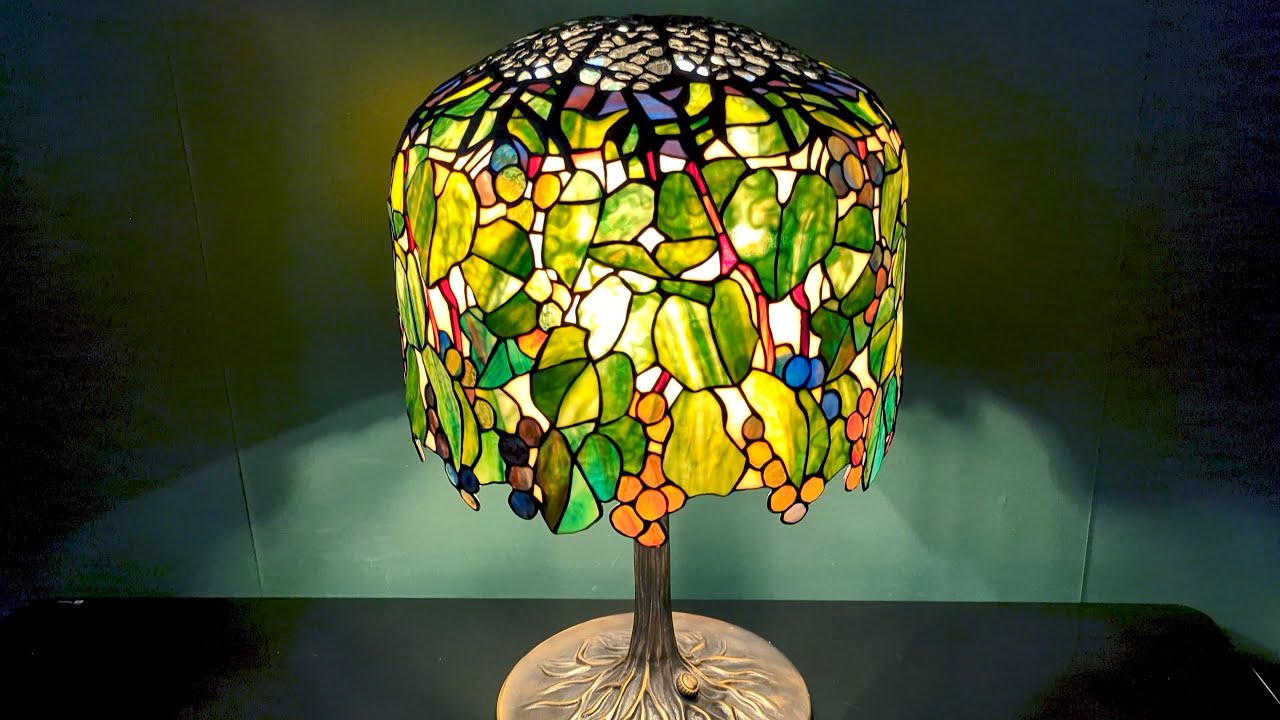

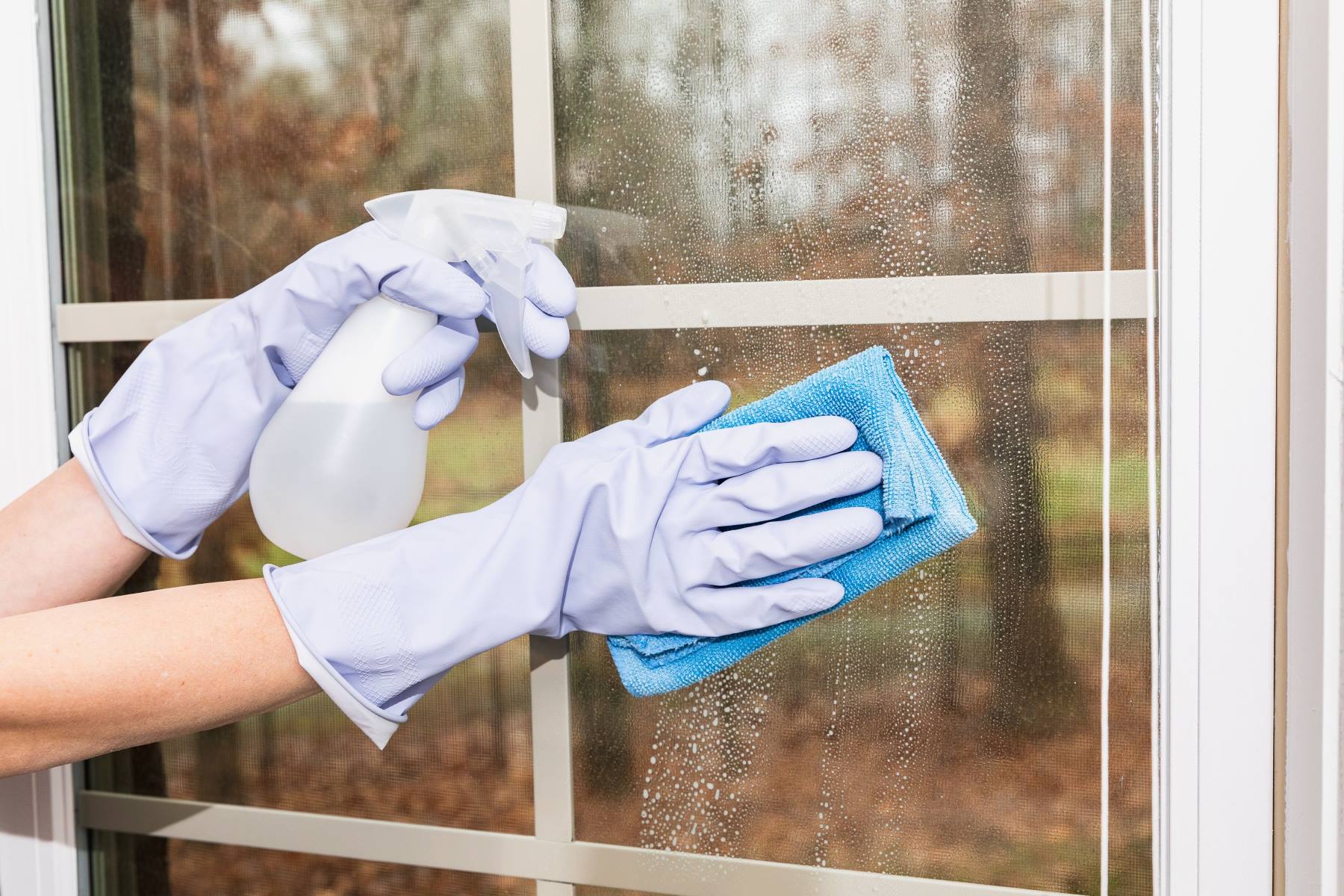
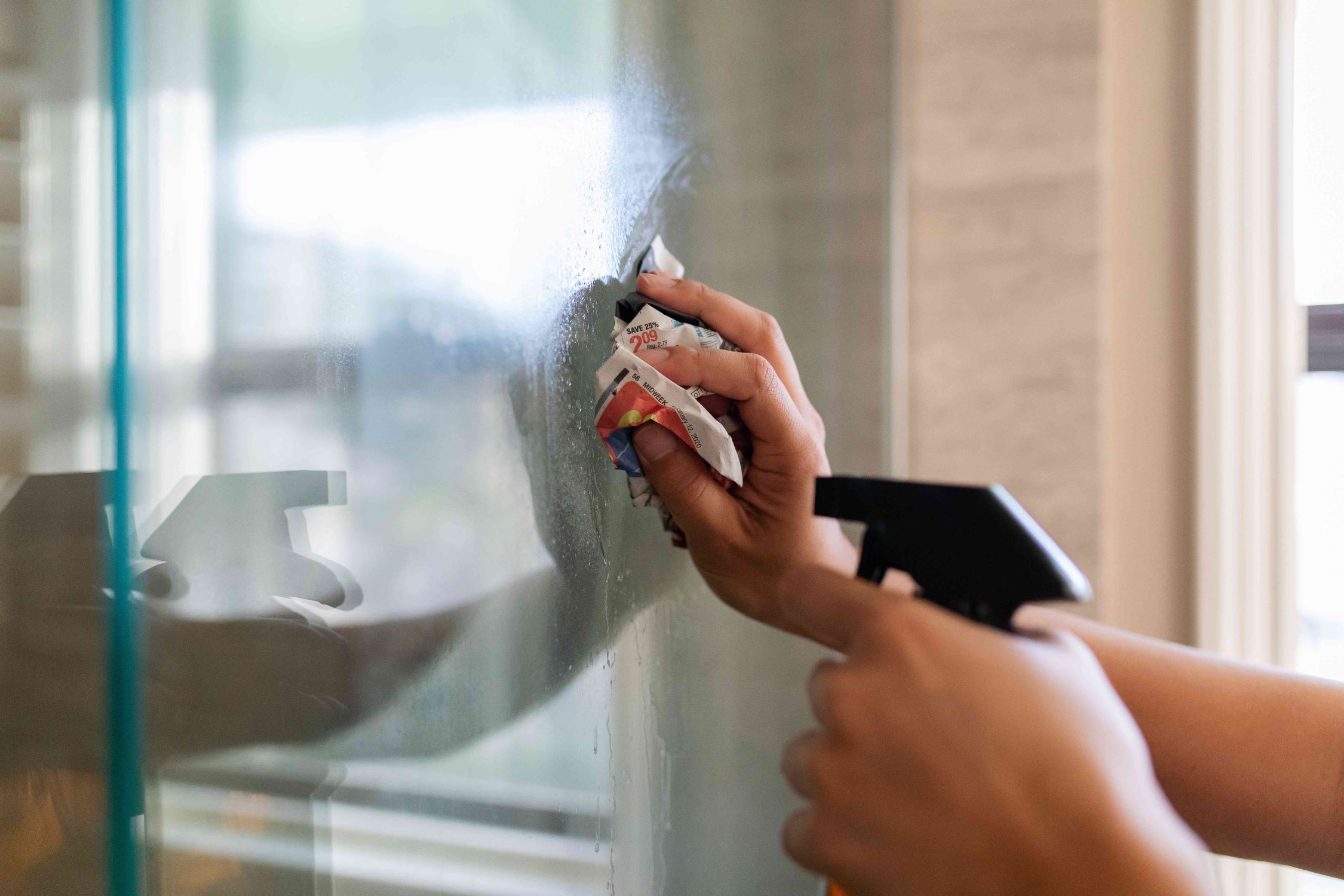

0 thoughts on “How To Display Stained Glass On Wall”